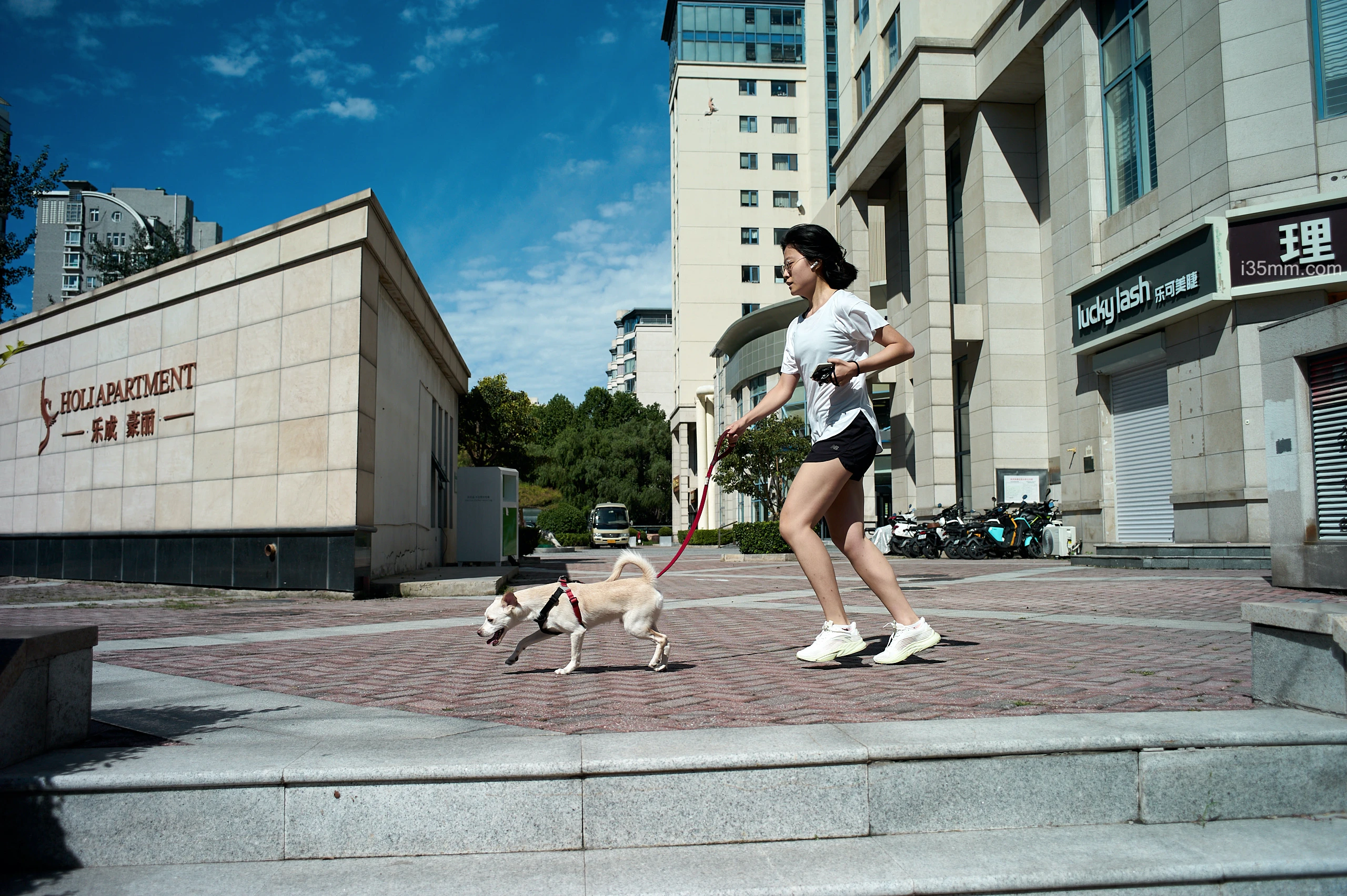If dark clouds cover the sun, all I have to do is hold up my camera and let the exposure adjust to the light! Photography is all about finding the active in the passive.
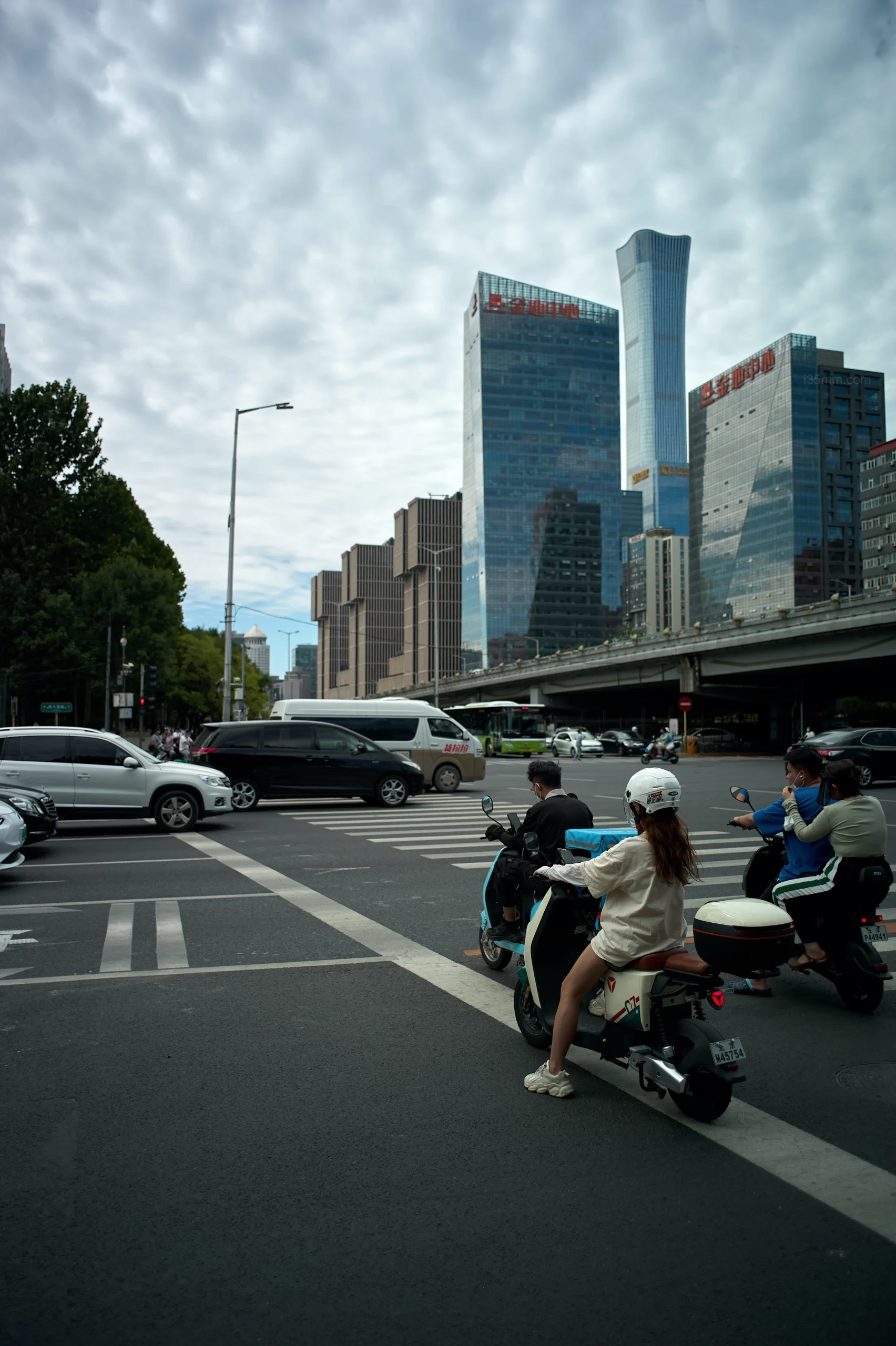
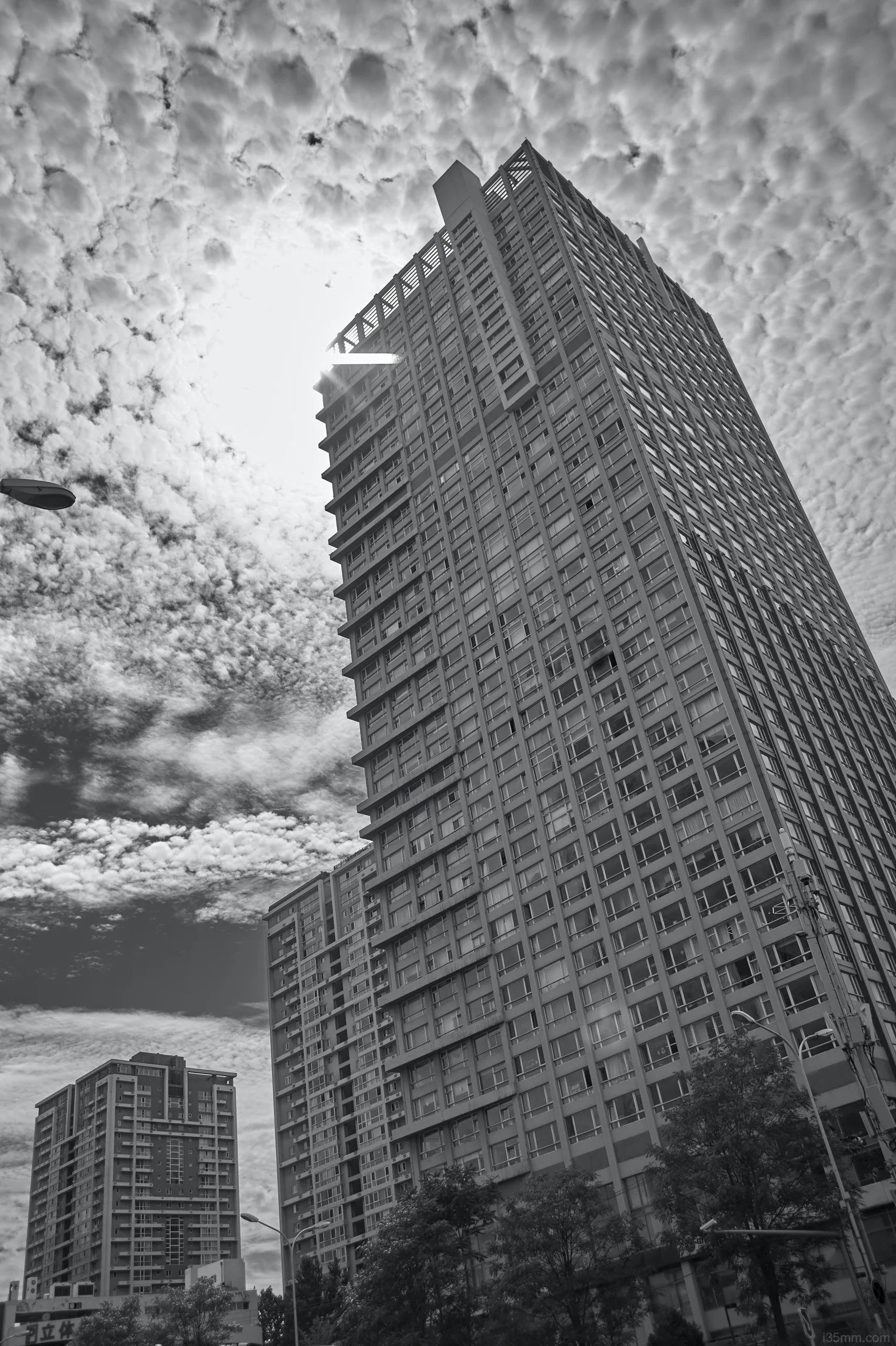
If dark clouds cover the sun, all I have to do is hold up my camera and let the exposure adjust to the light! Photography is all about finding the active in the passive.


Some people say that Coca-Cola can cause obesity, but the slim guy in front of you doesn’t have to worry about that. When he drinks Coca-Cola, it’s like nothing else matters. The sweet and sour taste makes everything in front of him more beautiful. I don’t drink Coca-Cola. My camera captures the joy of drinking it.
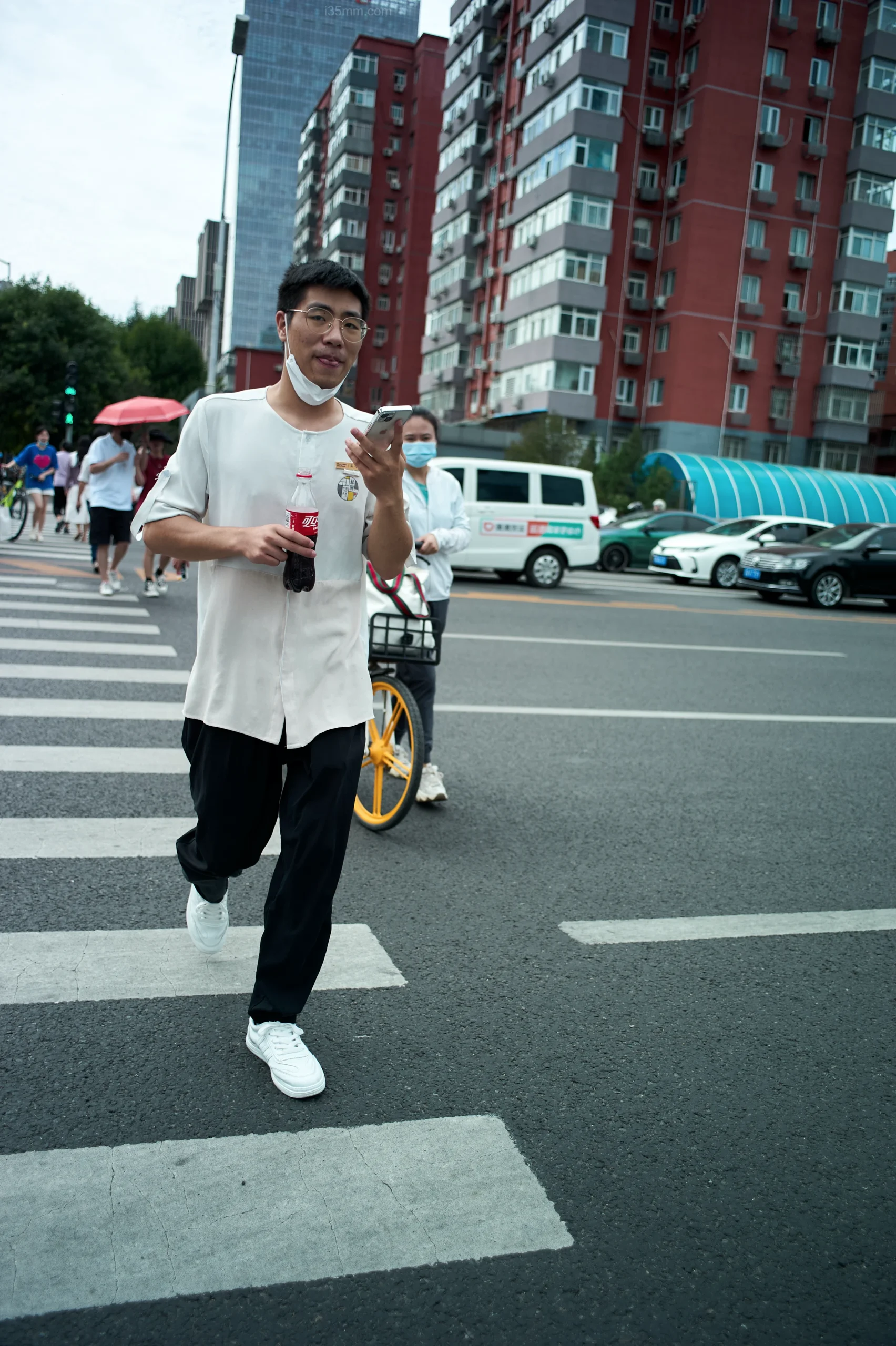
You’ll need to be more discreet as a street photographer. Don’t draw attention to yourself, avoid continuous shooting, and don’t engage with people. The goal is to blend in and not stand out as a photographer.
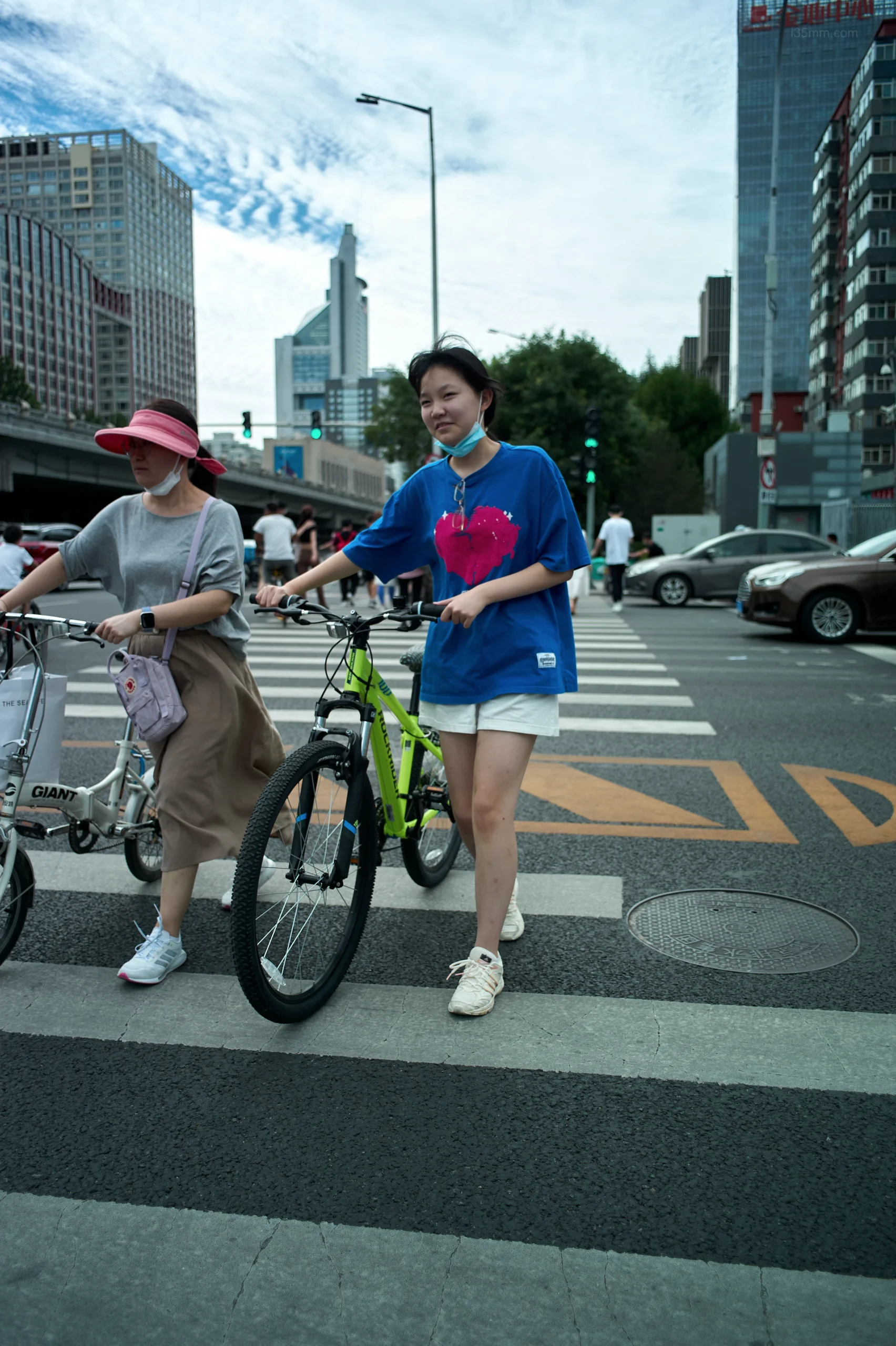
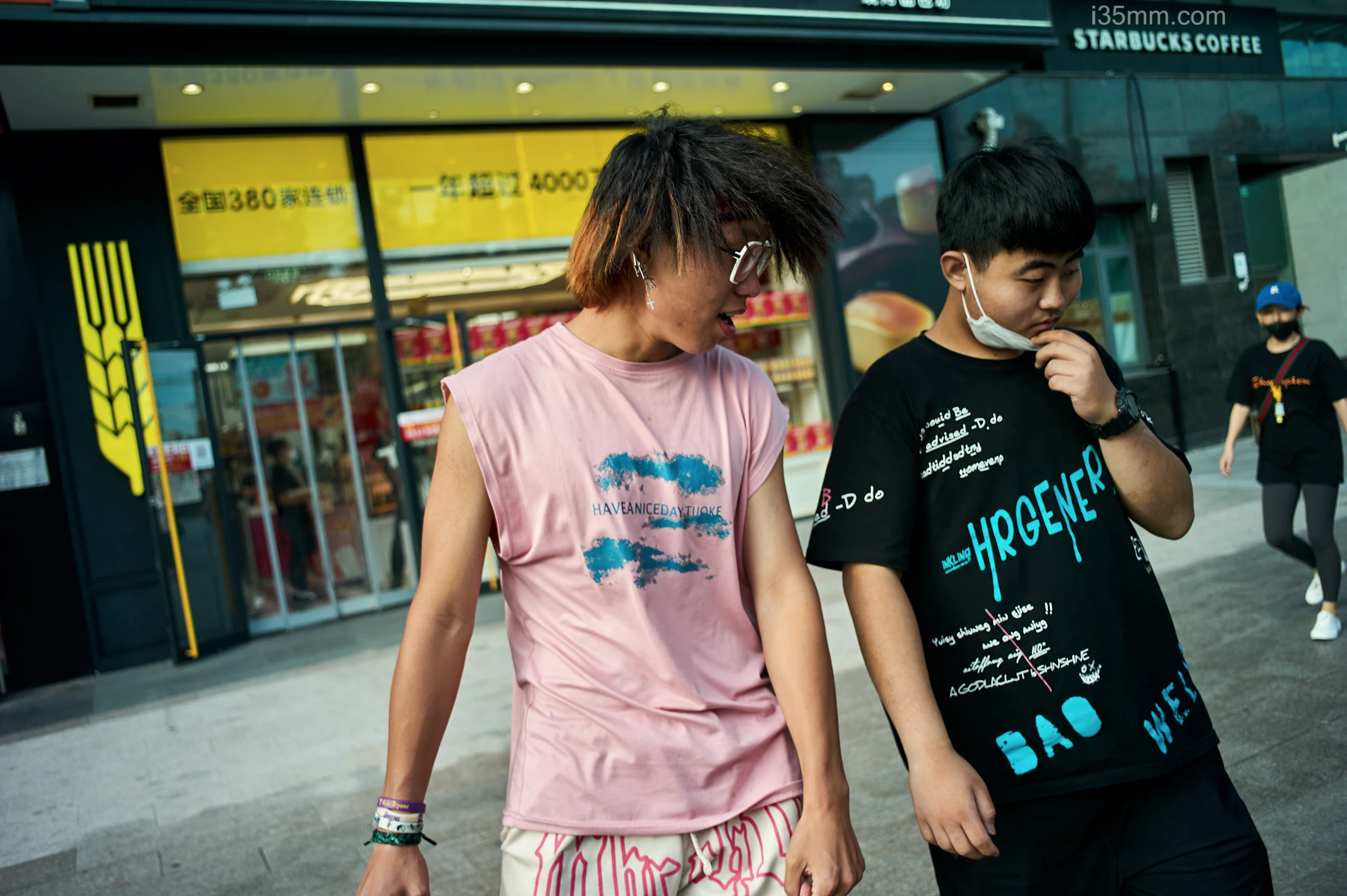
A cigarette can’t be too long because it has to remind you that time is short. In China, we all have black hair, and when it turns white, we are old. It’s a different concept than cigarettes, which are originally white, and when they turn black, they burn to the head.

I took your picture, but I wasn’t trying to get to know you. I just want you to keep your spirits up when you’re feeling down and remember that there was once a street photographer who was taken with your charm. There was charm once, and there will be again in the future.
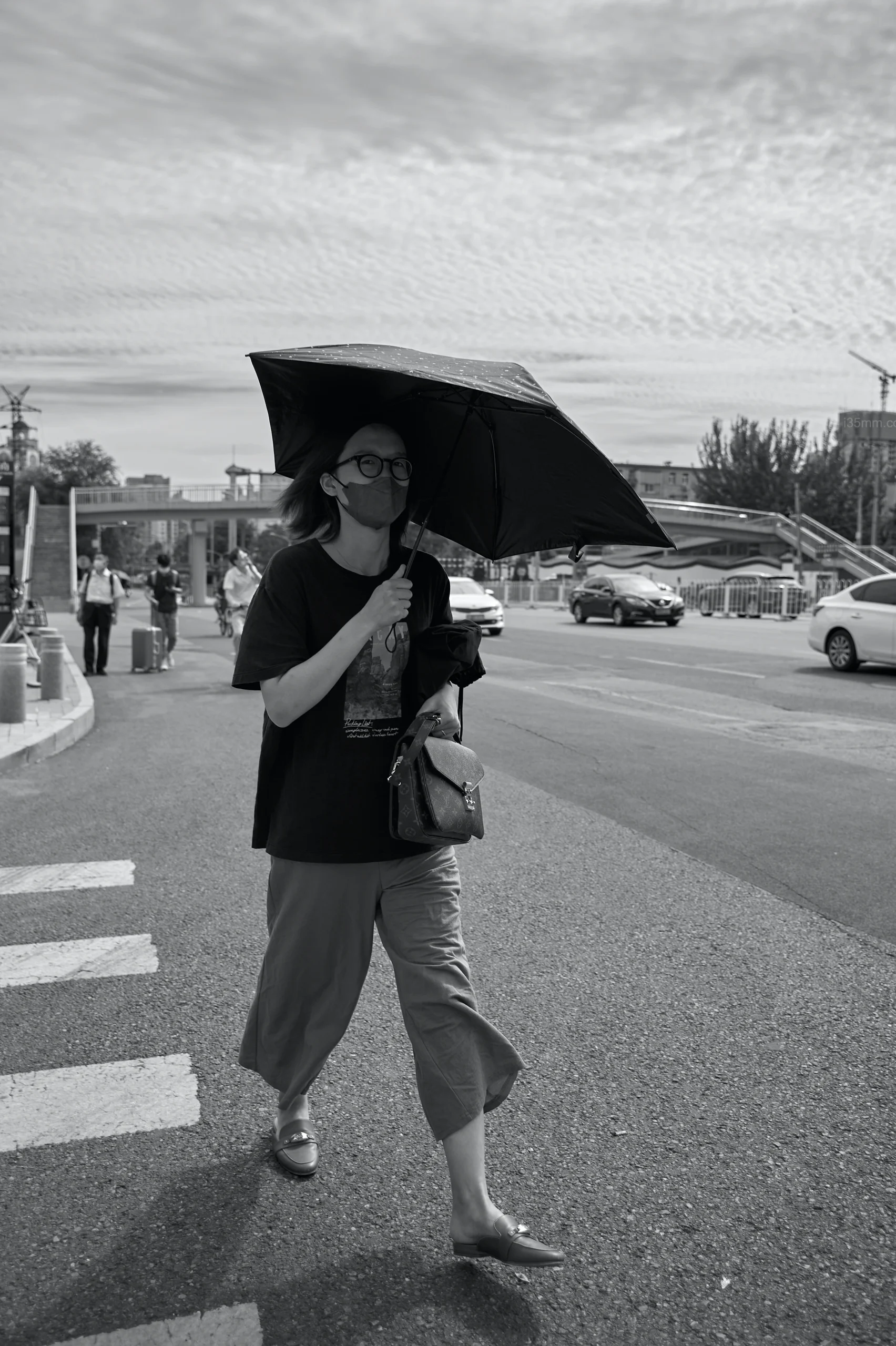
It’s a makeshift barbershop on the side of the road. There’s no fixed store, just a chair and a pair of scissors. But it’s open for business! Sometimes it’s on the left side of the road, sometimes on the right. A hundred years ago, Chinese men wore their hair long. It would be disrespectful to our ancestors if we cut it short. Nowadays, almost every man cuts his hair short. People think that showing respect to our ancestors is not about how we look, but about how we act. We should be more pragmatic.
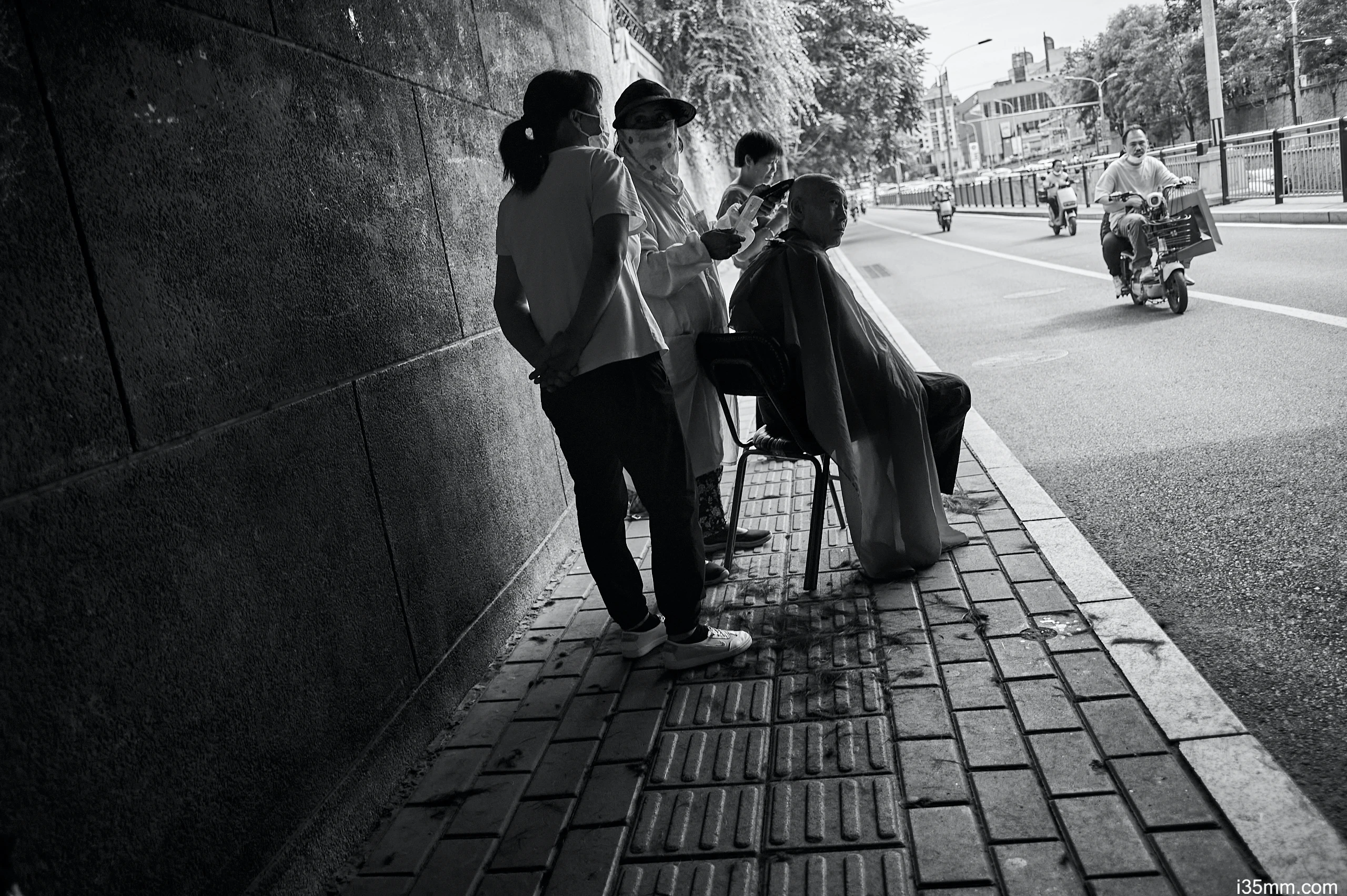
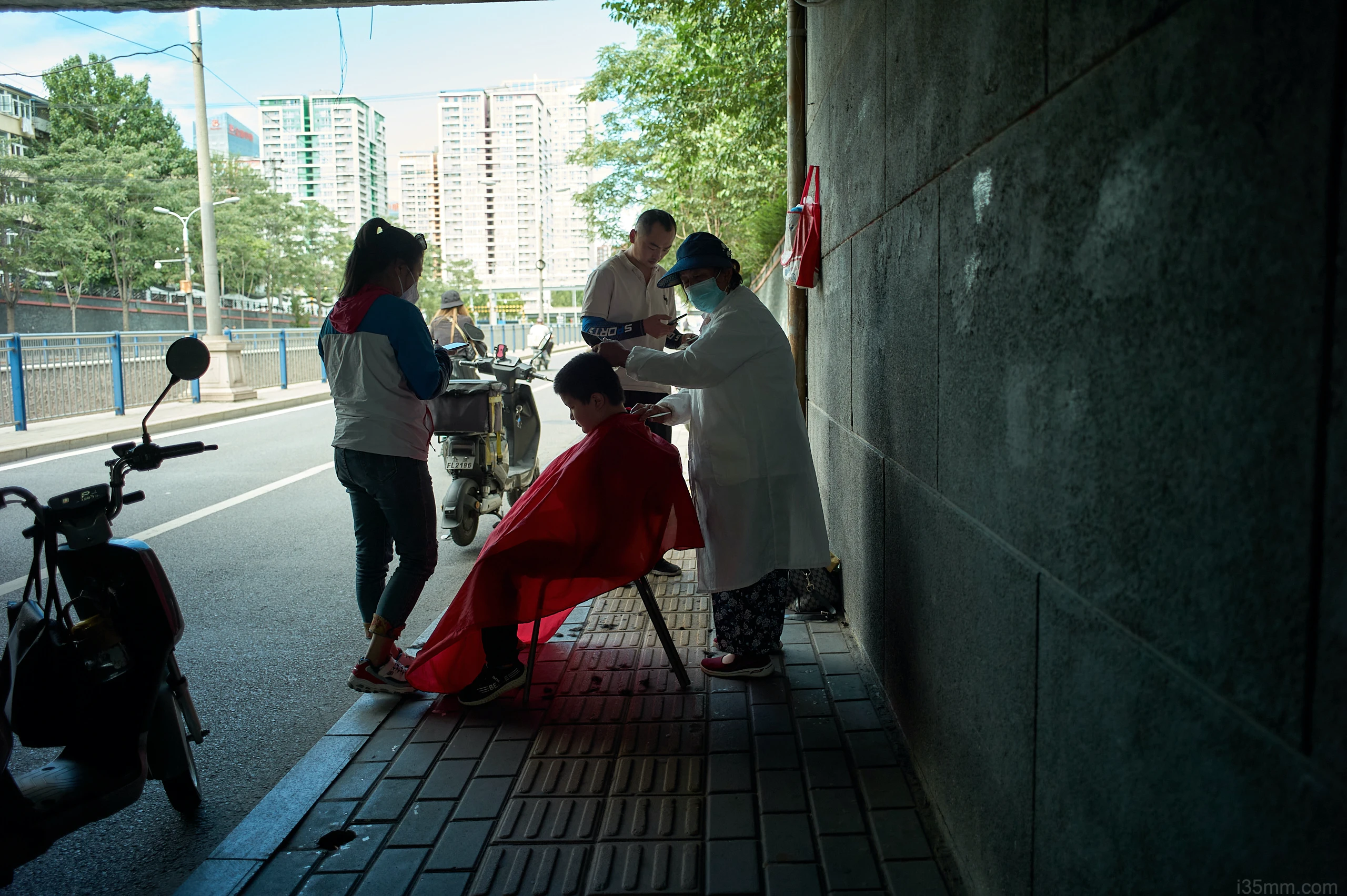
There must be someone in this world who watches your every move, captures your natural expressions without you noticing, from a distance you don’t expect. I, with my camera, am that someone.
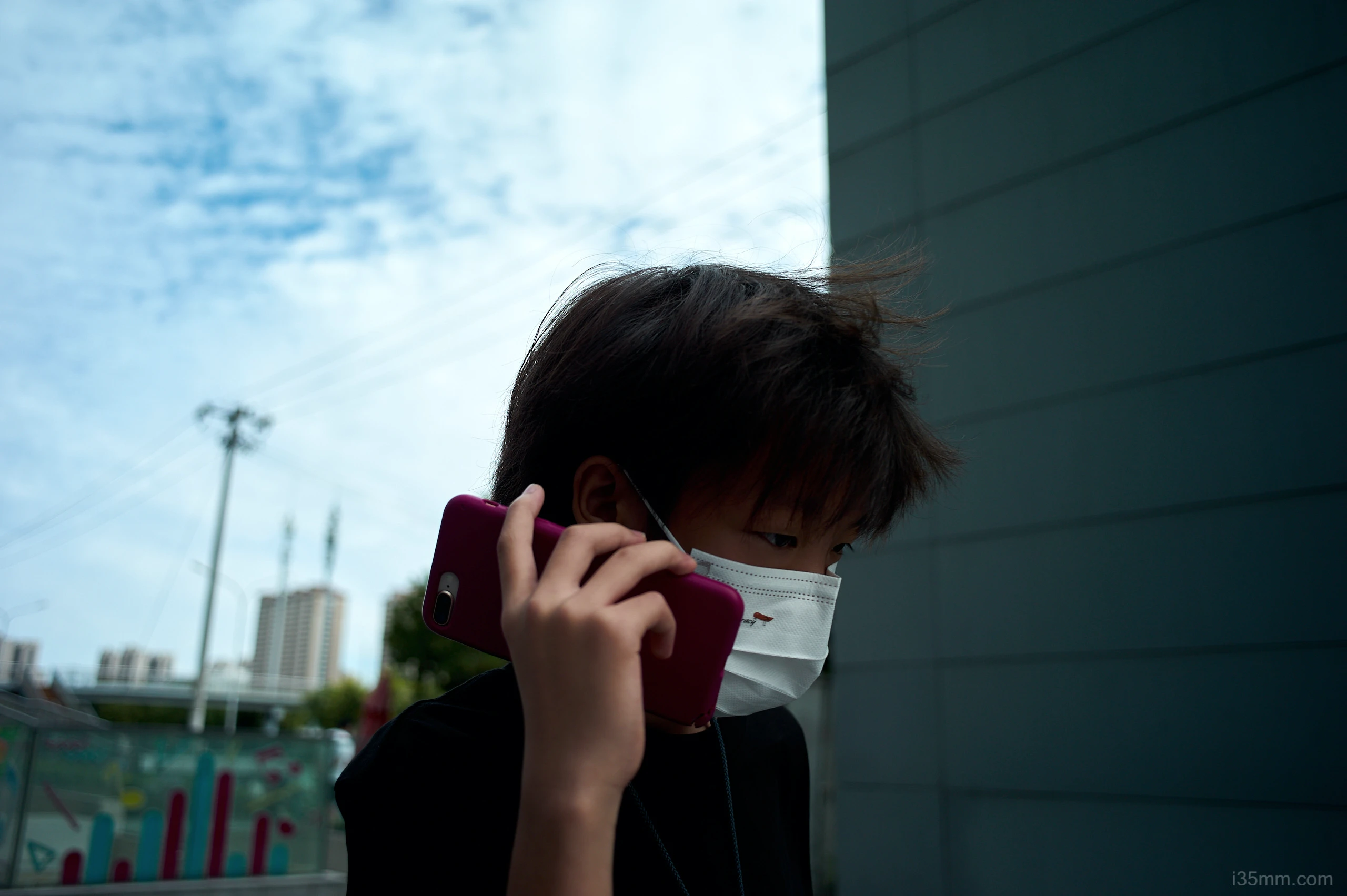

Hey there! How long has it been since you felt like this? Looking forward to the sun going down early on a crisp fall afternoon because your dad promised to come back from a business trip with a new toy for you? Your scooter was parked in front of the school and the sun was shining that day. How many other times have you had such a golden wait when you were growing up?
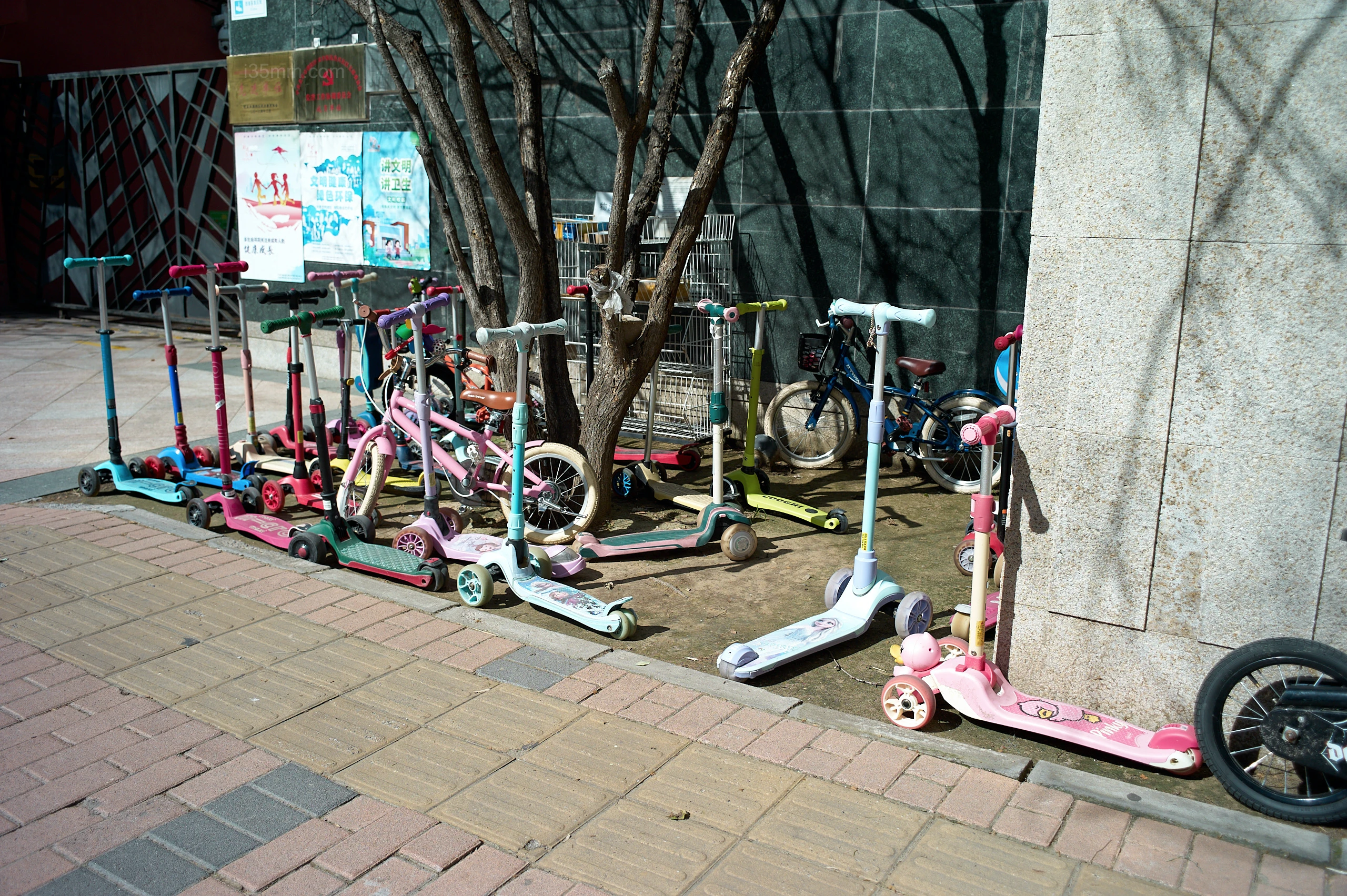
Photography is about using your eyes and your mind together. But is it better to think first, then take a picture, or to take a picture first, then think? I don’t always have time to think, just like a dog owner who doesn’t always have time to control their dog. My shutter always runs before my brain.
